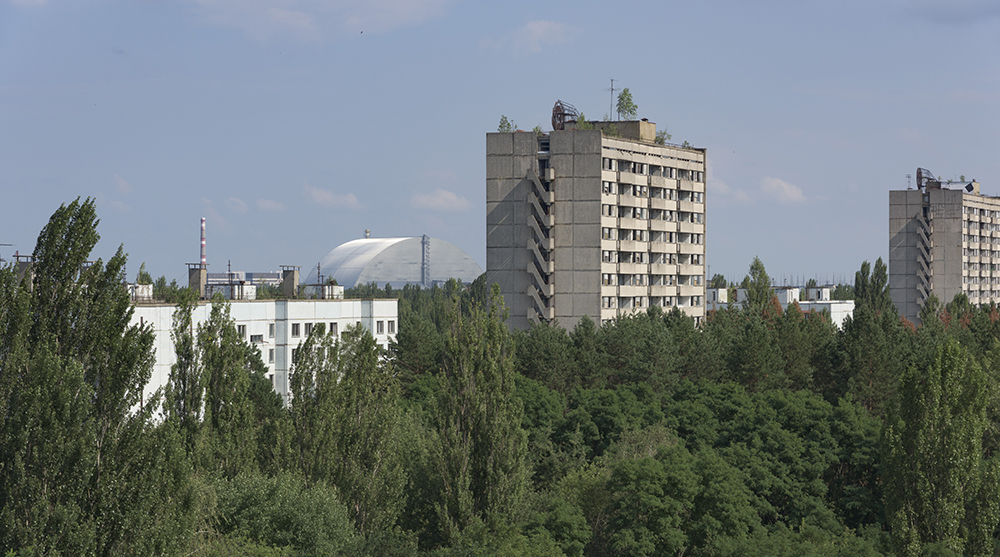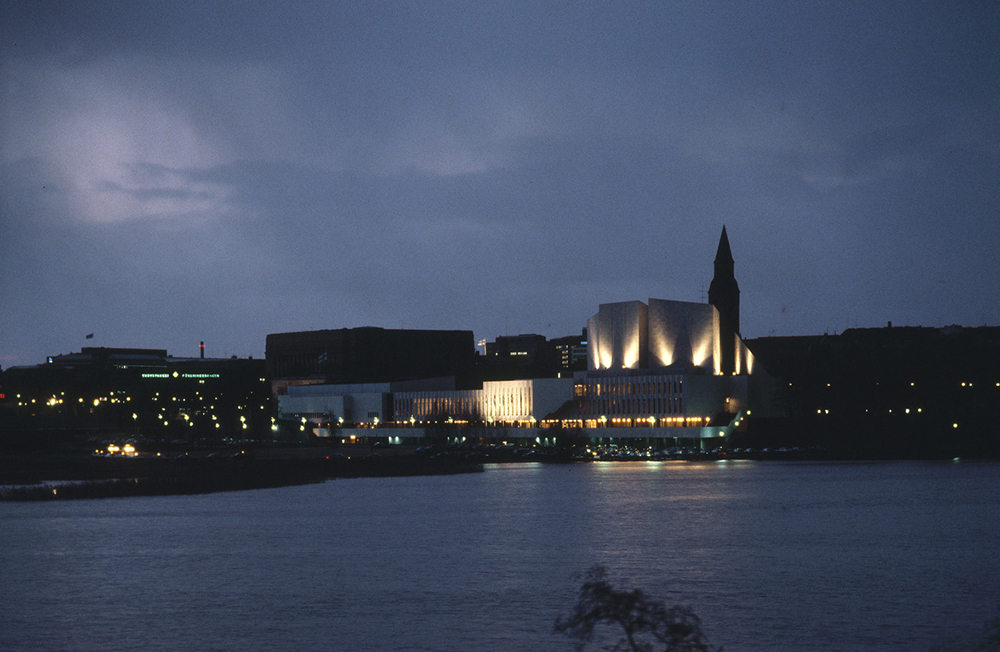Published in 5/2020 - Monument
What Defines a Monument?
Besides large, impressive structures, architectural monuments may include, for example, places, individuals or ideas. We asked three experts to tell us what kind of architectural monument piques their interest and to name one example.
Sirkkaliisa Jetsonen
Senior Architect, architect SAFA
Finnish Heritage Agency
“My choice of an interesting architectural monument was self-evident, at least for me personally – as an individual, Frank Lloyd Wright is among the giants of architecture. His works extend from private homes that are like pieces of art to impressive public buildings. Just as interesting, however, is the way in which the dramatic turns of his personal life intertwined with his works and how those close to him impacted the turning points of his career. And, of course, style and confidence above all!”

Panu Savolainen
Associate Professor (History of Architecture and Architectural Conservation), PhD, architect SAFA
Aalto University School of Arts, Design and Architecture
“The concept of a monument, as it is used in architectural history, is somewhat controversial. Derived from the Latin verb monere (to remind, to warn, to advise), the noun used in classical antiquity referred to statues and tombs, and the word did not extend to encompass buildings until the modern era. An interesting architectural monument in the 2020s might comprise something that reminds us of the fact that we are just one of the species living on and shaping this planet, albeit an exceptionally widely spread and, a rather destructive one. At this moment in history, an interesting architectural monument is not merely an anthropocentric creation.
From this point of view, I would name the ghost city of Pripyat next to the Chernobyl Nuclear Power Plant as a compelling architectural monument. As I see it, the city represents the unpredictability implicit in the technological harnessing of natural processes and, at the same time, the slow return of a modern built environment into the cycle of nature. Other species have taken over the environment that was originally designed for humans.”

Renja Suominen-Kokkonen
FT Docent, art historian, PhD
University of Helsinki
“As a concept, a monument is defined by a diverse set of attributes – either through size or overall appearance, but also through explicit cultural meanings. Aesthetic values may also determine a monument, regardless of the use or utility of the structure. Having said this, the interface between historical and aesthetic value can be problematic.
In 1993, Finlandia Hall was protected under the Act on the Protection of Buildings, regulating that an appearance corresponding to the original must be preserved in the exterior as regards materials, colours and articulation. Therefore, the building may justifiably be regarded as part of Finland’s architectural heritage, associated with cultural, political, local and national memory. The building has played a role in shaping our modern national identity both within the borders of our country and internationally.” ↙
